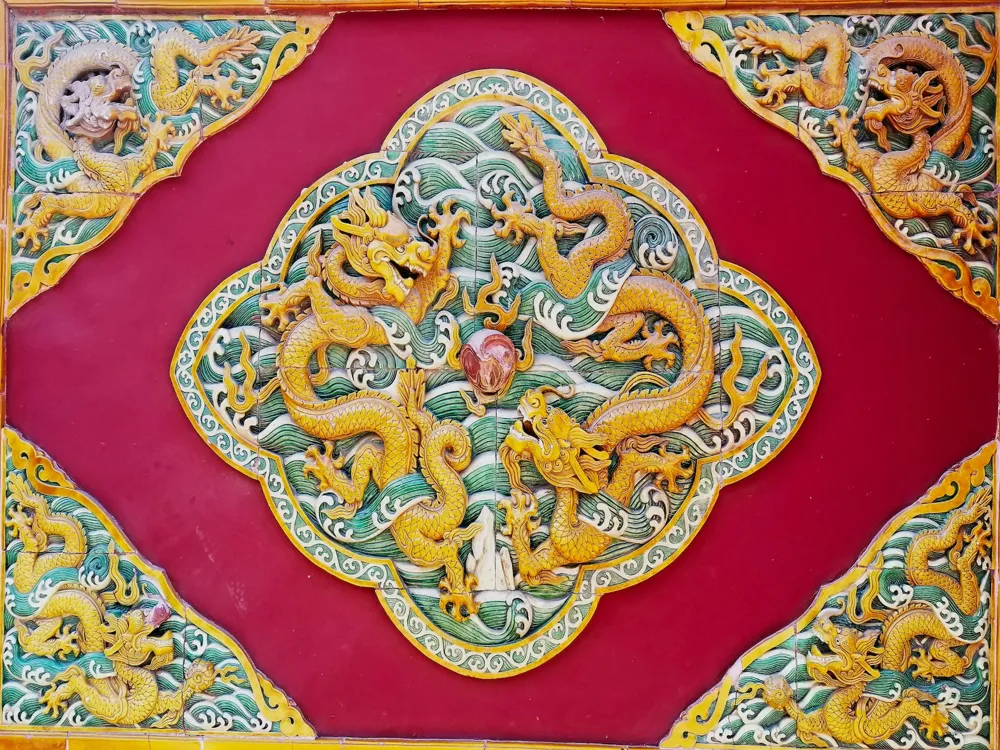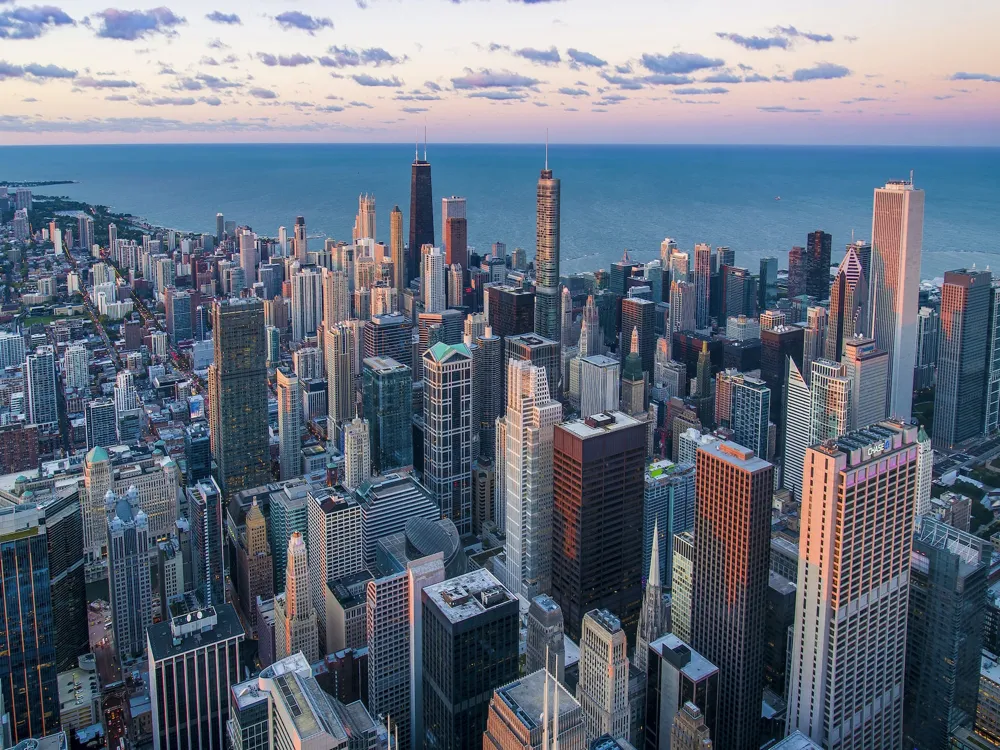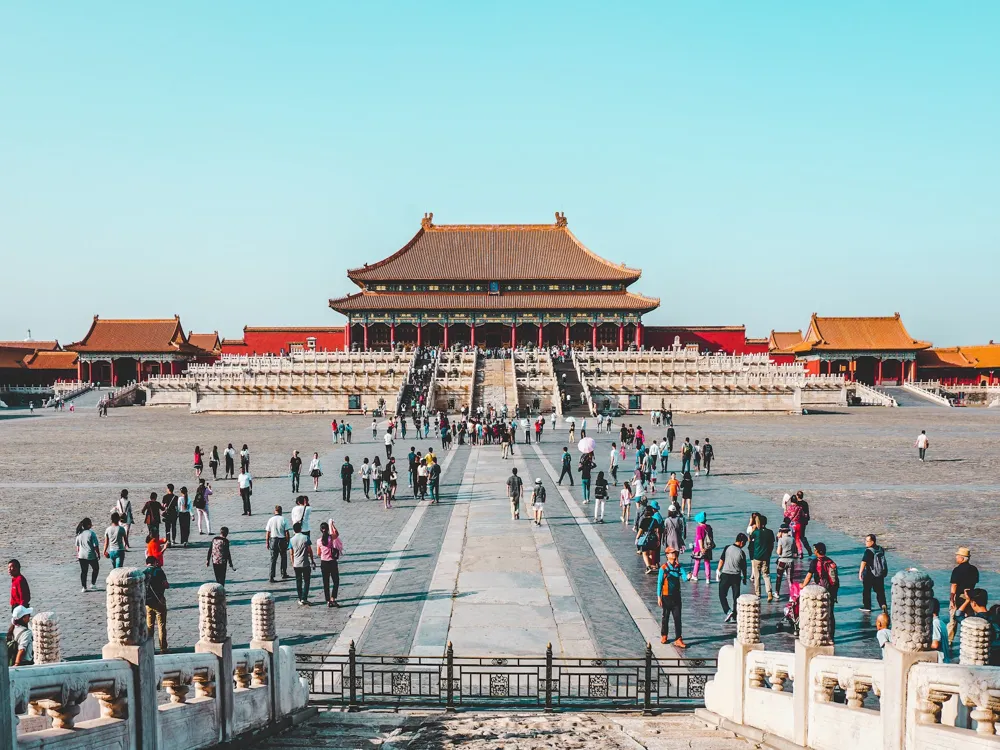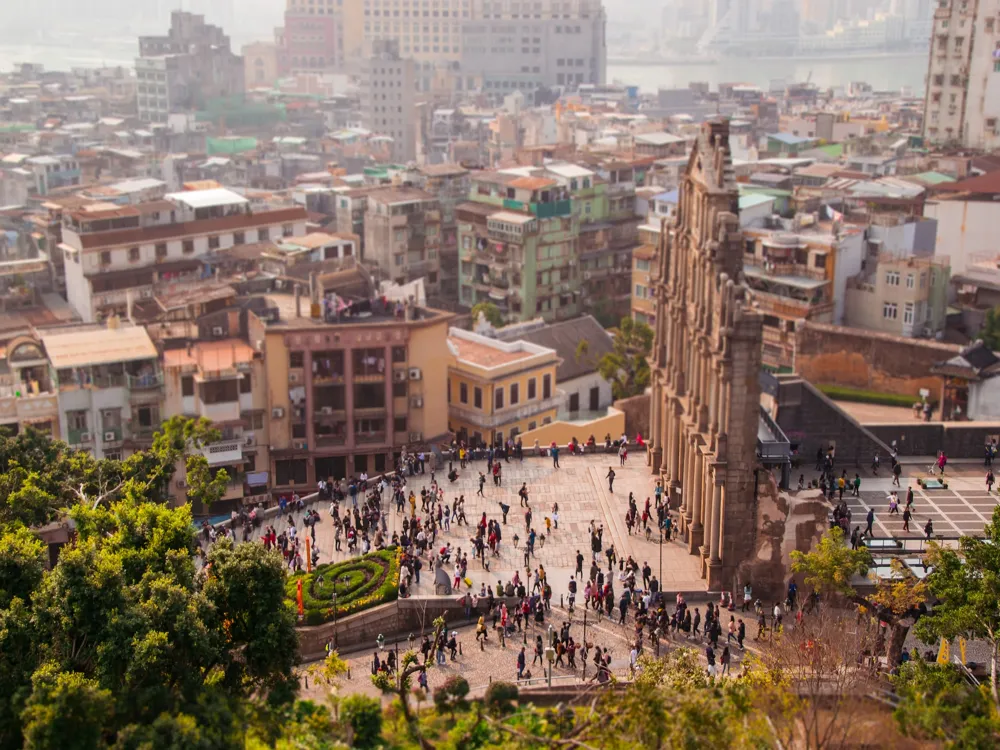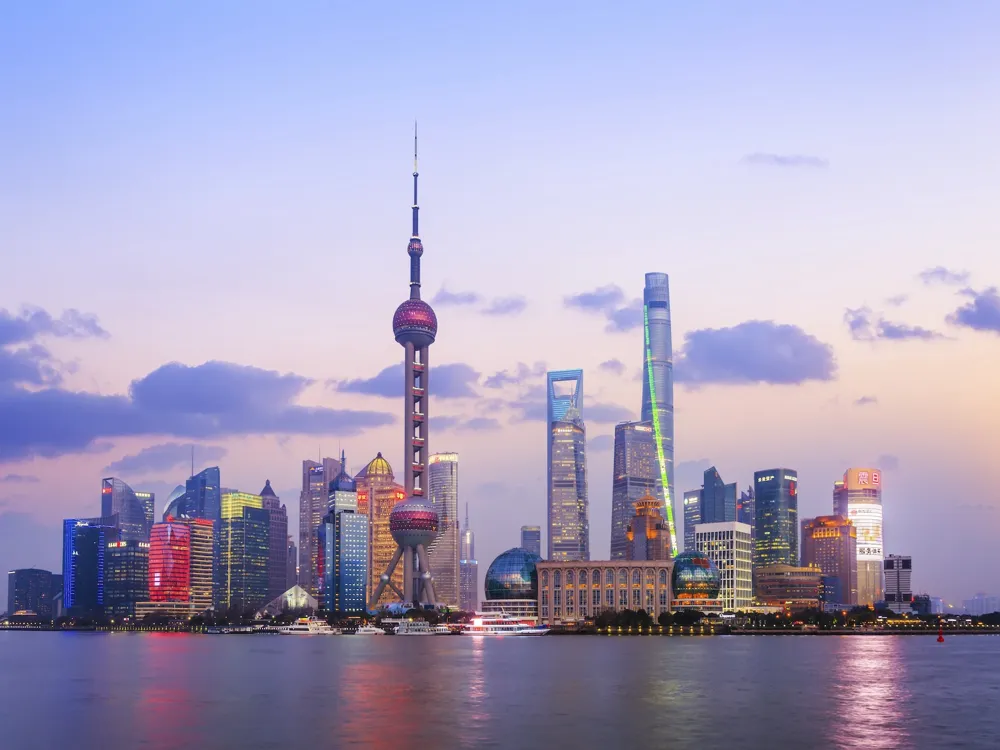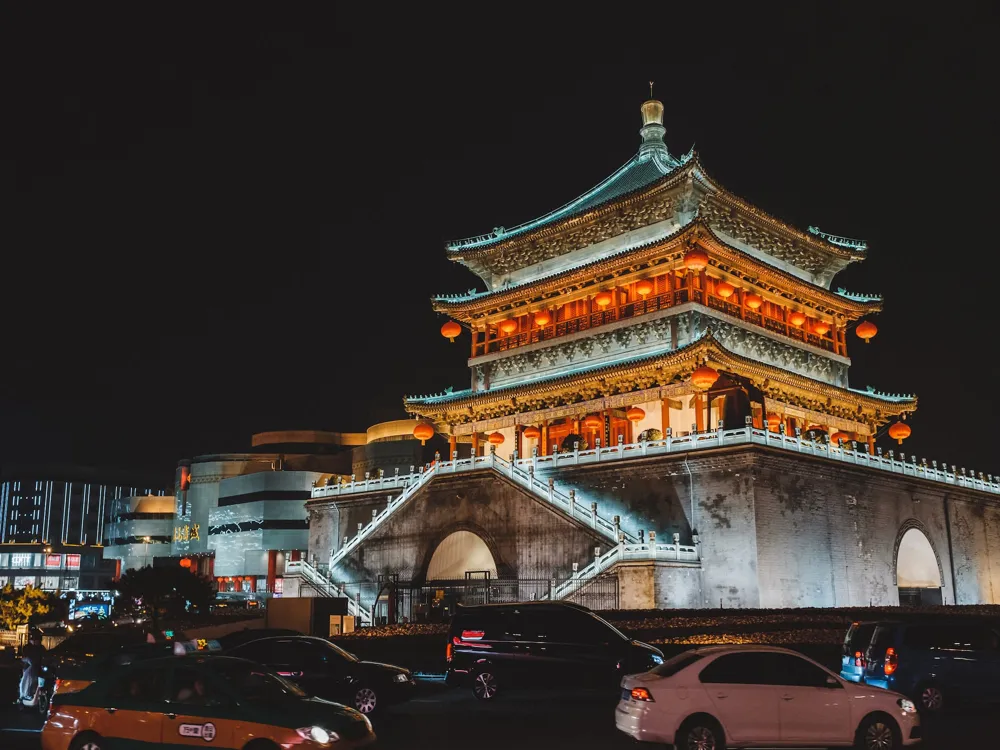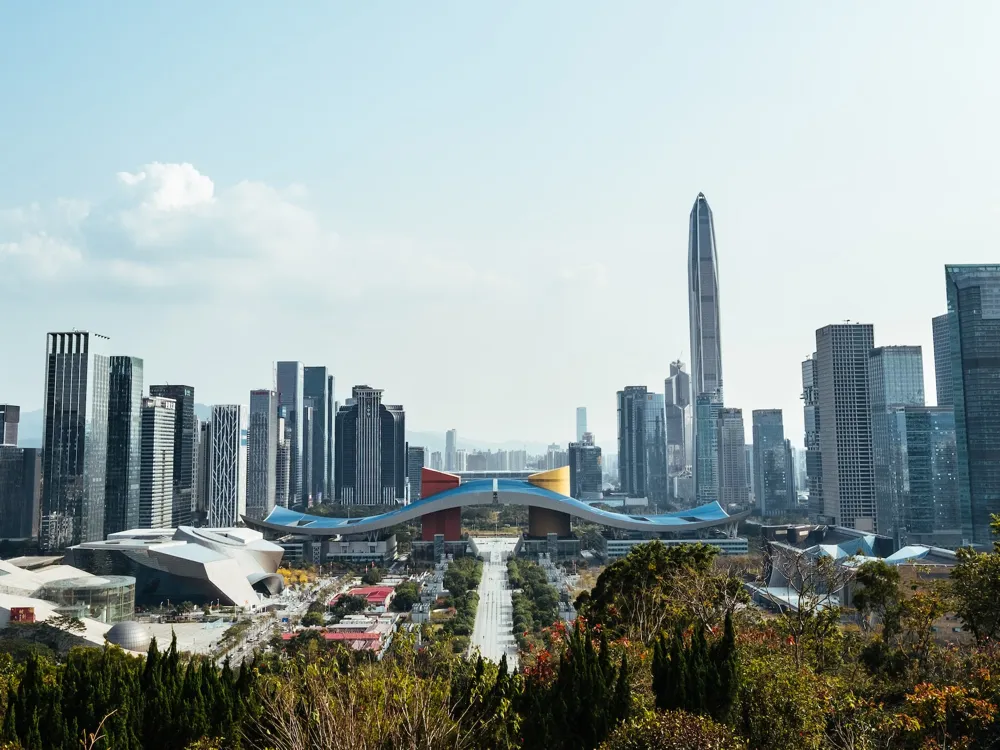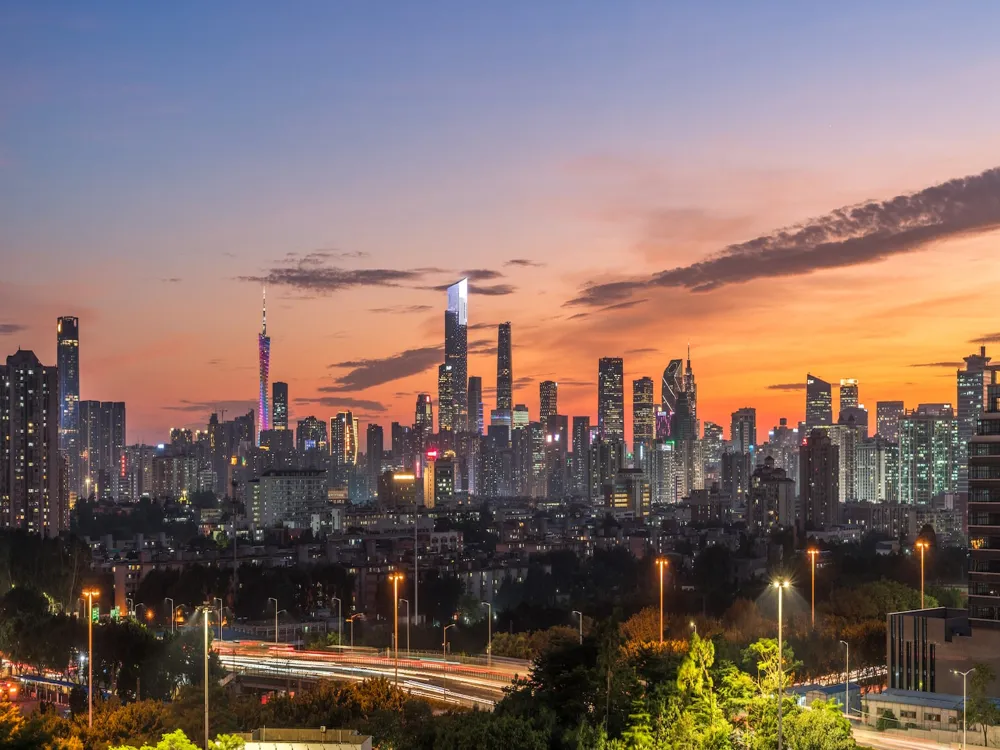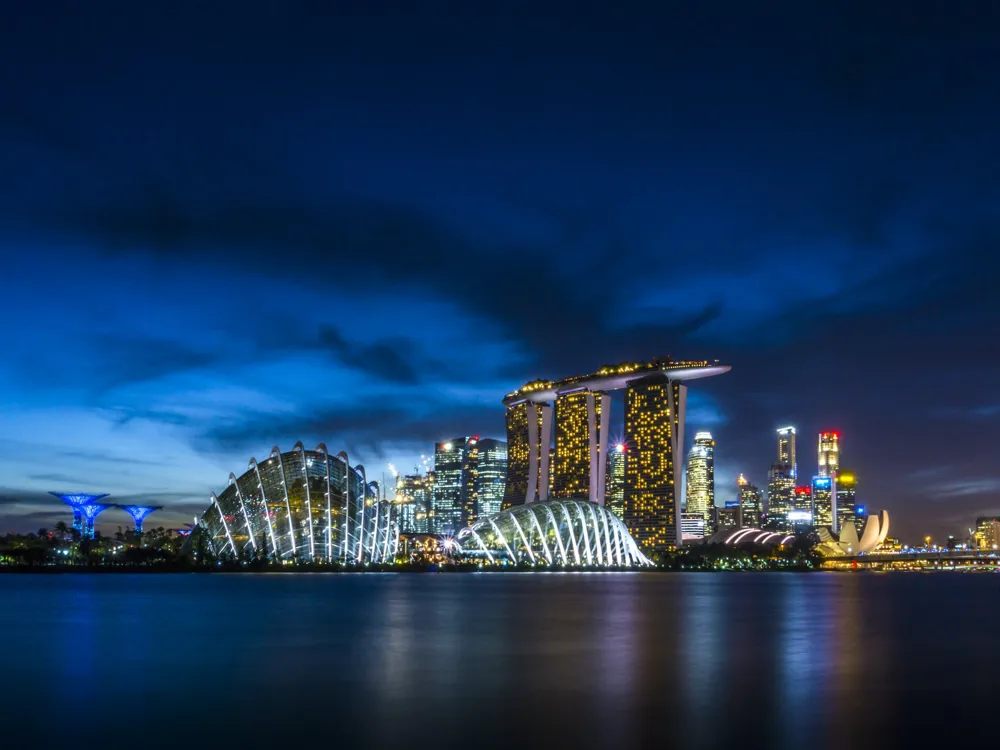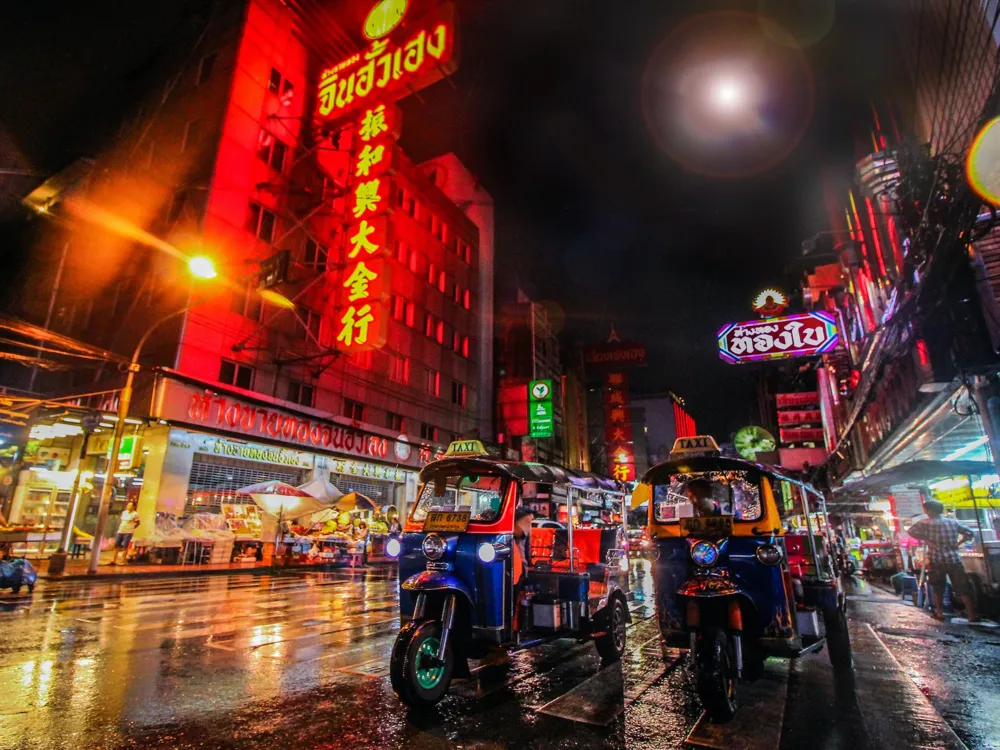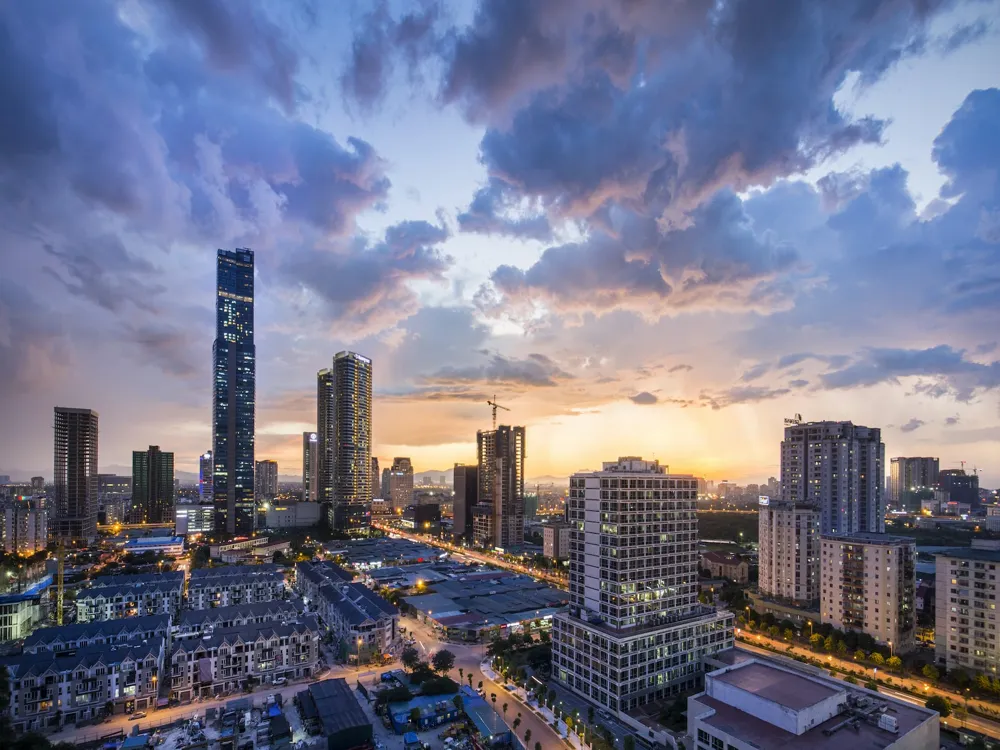The Beijing National Stadium, also known as the Bird's Nest Stadium, is an architectural marvel and a symbol of modern China. This iconic stadium was designed for the 2008 Summer Olympics and Paralympics and has since become a landmark in Beijing. The design of the stadium is a result of a collaboration between the Swiss architecture firm Herzog & de Meuron, project architect Stefan Marbach, artist Ai Weiwei, and CADG, which was led by chief architect Li Xinggang. Covering an area of 258,000 sqm, the stadium has a seating capacity of over 90,000 spectators, making it one of the largest in the world. The Bird's Nest's unique and innovative structure was inspired by the pattern of Chinese-style 'crazed pottery.' Its intricate steel frame forms a bird's nest-like lattice around the stadium, which not only makes it visually stunning but also functionally effective. The design incorporates eco-friendly features, such as rainwater collection and sunlight efficiency, reflecting China's commitment to sustainability. The stadium's awe-inspiring architecture has made it a must-visit destination for tourists and architecture enthusiasts alike. Since the 2008 Olympics, the Bird's Nest has hosted a variety of sporting events and concerts, solidifying its place in both the sporting and cultural landscapes of China. Its role in the Olympics, particularly the opening and closing ceremonies, left a lasting impression worldwide and showcased China's burgeoning global cultural influence. The stadium's design features a complex, geometric network of steel beams that provide support while giving the appearance of a bird's nest. This structure is not only visually appealing but also earthquake-resistant, showcasing innovative engineering techniques. The retractable roof, which was part of the original design but later scrapped, highlights the adaptability and forward-thinking approach of the designers. After the Olympics, the stadium has been used for various purposes, including sporting events, cultural activities, and as a tourist attraction. Its versatility and ability to adapt to different uses demonstrate its sustainable and forward-thinking design. The architecture of Beijing National Stadium stands as a testament to innovative design and engineering. The main concept behind its architecture was to create a public space that reflects the artistry and the ethos of modern China. The stadium's design is rooted in three primary concepts: a humanistic approach, the embracing of Chinese culture, and the implementation of sustainable and eco-friendly practices. The humanistic approach in the design of the Bird's Nest is evident in its open and inviting layout. The architects intended to create a space that was not just for sports events but also a gathering place for the community. The stadium's structure and pathways are designed to be accessible and navigable, promoting a sense of inclusivity and openness. The Bird's Nest design subtly incorporates elements of Chinese culture. The nest-like structure, for instance, symbolizes home and safety, resonating deeply with Chinese values. The use of steel beams in an interlocking pattern is reminiscent of traditional Chinese woodworking and puzzles, reflecting the intricate beauty of Chinese art. Sustainability was a key factor in the design of the stadium. The use of eco-friendly materials, energy-efficient systems, and the incorporation of natural elements like sunlight and rainwater collection systems exemplify the stadium's commitment to environmental stewardship. The engineering behind the Bird's Nest is as remarkable as its design. The steel structure, comprising 42,000 tons of steel, is one of the key features of the stadium. It was designed to withstand earthquakes and harsh weather conditions, ensuring its longevity and durability. Innovative materials and construction techniques were employed in the building of the stadium. The use of translucent materials for the roof allows natural light to penetrate, reducing the need for artificial lighting and contributing to the stadium's energy efficiency. Technological advancements in construction played a crucial role in the realization of the stadium's complex design. Advanced computer models and simulations were used to test and perfect the design before construction, ensuring its feasibility and safety. Visiting the Beijing National Stadium is an unforgettable experience. To make the most of your visit, consider the following tips: Early morning or late afternoon are ideal times to visit to avoid the crowds and to capture stunning photos of the stadium's unique architecture. Consider taking a guided tour to learn about the stadium's history, architecture, and role in the 2008 Olympics. Check the event schedule in advance to plan your visit around sports events or concerts, which can provide a unique experience of the stadium. For photographers, the intricate design of the stadium provides countless angles and perspectives for stunning shots. Early morning and sunset hours offer the best natural lighting. The stadium is wheelchair accessible, ensuring that everyone can enjoy the visit. Make sure to inquire about special accommodations if needed. Beijing National Stadium is well-connected and easily accessible through various modes of transportation. Here's how you can reach the Bird's Nest: The most convenient way to reach the stadium is by taking the Beijing Subway. Line 8 directly serves the Olympic Green, which is a short walk from the stadium. Several bus routes serve the Olympic Green area. Check the latest bus routes and schedules for the most direct route. Taxis and ride-sharing services are readily available in Beijing. They offer a direct and comfortable way to reach the stadium. If you're driving, the stadium has ample parking facilities. It's advisable to arrive early on event days due to high demand. For those staying nearby, biking or walking can be a pleasant way to reach the stadium while enjoying the scenic beauty of Beijing. Read More:Overview of Beijing National Stadium (Bird's Nest Stadium)
Significance in Sports and Culture
Architectural Features
Post-Olympic Usage
Architecture of Beijing National Stadium (Bird's Nest Stadium)
Humanistic Design
Integration with Chinese Culture
Eco-Friendly Aspects
Structural Engineering
Innovative Materials
Technological Advancements
Tips When Visiting Beijing National Stadium (Bird's Nest Stadium)
Best Time to Visit
Guided Tours
Event Schedule
Photography Tips
Accessibility
How To Reach Beijing National Stadium (Bird's Nest Stadium)
By Subway
By Bus
By Taxi or Ride-Sharing
Parking Facilities
Biking or Walking
Beijing National Stadium (Bird's Nest Stadium)
Beijing
NaN onwards
View beijing Packages
Weather :
Tags : Landmark
Timings : 9:00 - 17:00 (November - March), 9:00 - 14:30 (April - October)
Entry Fee : CNY 50
Planning a Trip? Ask Your Question
Beijing Travel Packages
View All Packages For Beijing
Top Hotel Collections for Beijing

Private Pool

Luxury Hotels

5-Star Hotels

Pet Friendly
Top Hotels Near Beijing
Other Top Ranking Places In Beijing
View All Places To Visit In beijing
View beijing Packages
Weather :
Tags : Landmark
Timings : 9:00 - 17:00 (November - March), 9:00 - 14:30 (April - October)
Entry Fee : CNY 50
Planning a Trip? Ask Your Question
Beijing Travel Packages
View All Packages For Beijing
Top Hotel Collections for Beijing

Private Pool

Luxury Hotels

5-Star Hotels

Pet Friendly







